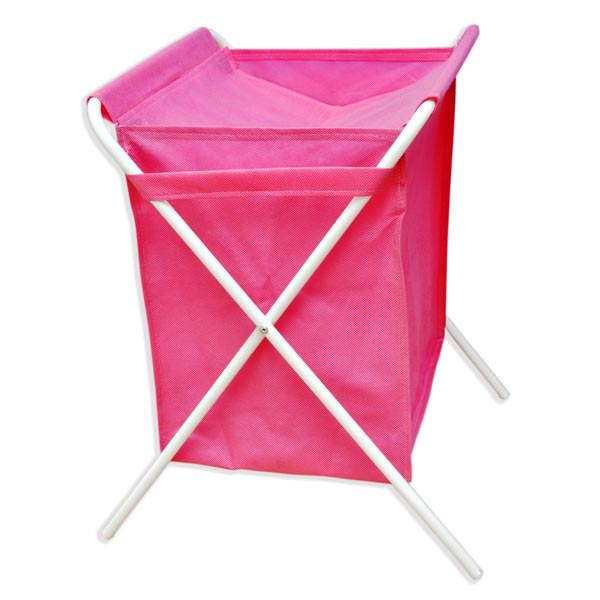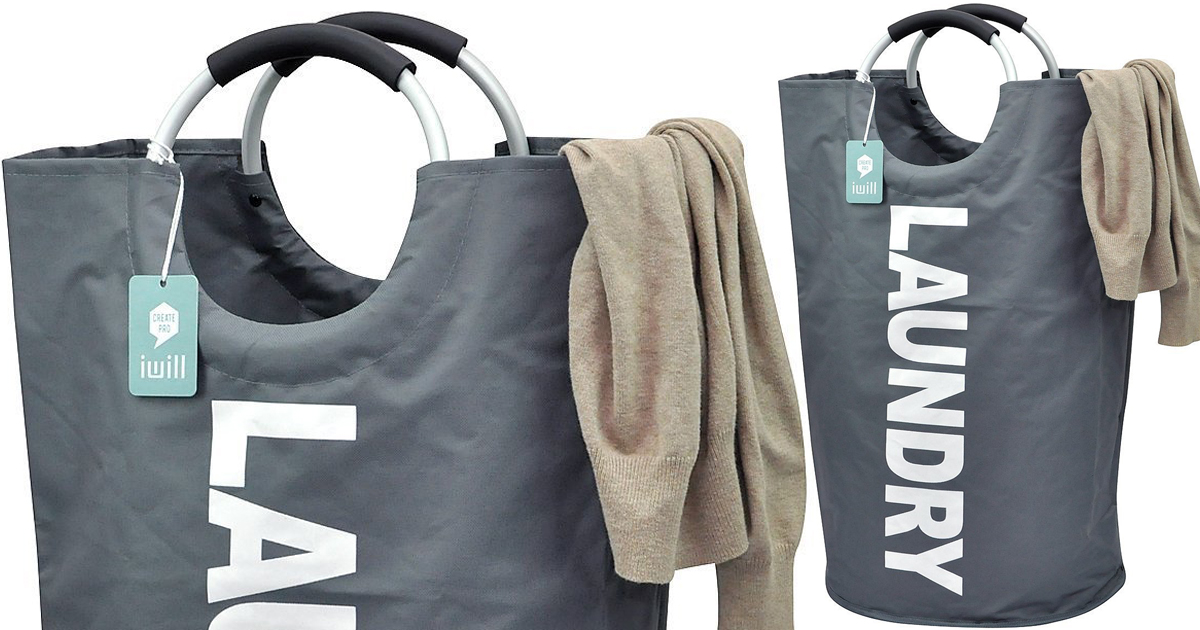
Specifically, the study found plastic microfibers-tiny polyester and acrylic threads that matched those in textiles. Just 10 years ago, a group of scientists published a breakthrough study of shorelines on six continents it pointed to laundry as a significant source of plastic pollution in the world’s oceans. The study of microfiber pollution is relatively new. These microfibers, which are stripped and carried off by friction and turbulence in the washing machine, enter our wastewater, eventually ending up in the environment.

We now know that clothing, bedding, and other textiles shed microplastics in fiber form and (along with tire degradation and road runoff) are major contributors to global plastic pollution. The human world runs on plastic, and microplastics come from a variety of sources: larger pieces of plastic (like bottles) that break apart into smaller and smaller fragments, car tires, plastic beads (including those in skin-care products), and synthetic fibers.
LAUNDRY BAGS FULL
Or, as The New York Times reported: “18 to 24 shopping bags full of small plastic fragments for every foot of coastline on every continent except Antarctica.” In October 2020, scientists in Australia published a study estimating that 9.25 to 15.86 million tons of microplastics can be found on the ocean floor.

There is almost nowhere on earth that plastics haven’t been found, not even in the depths of the ocean. Microplastics are ubiquitous now-at the Jersey Shore of my childhood, in Hawaii and Japan (where my families live), and in California, my new home. These tiny pieces are called microplastics, and they measure less than 5 millimeters (PDF) in length (or, smaller than the width of a #2 pencil). So much of it is too tiny to hold or even see. I try to collect the shards, the bits of aquas, whites, and teals, but soon I give up, angry and defeated. Though often my feet find sharp things in the soft sand-not just gravel and pebbles but also, increasingly and overwhelmingly, plastic. I love to dig my toes into the suctioning sand and feel the swirl of a receding wave. We’ve helped thousands of campers at hundreds of different summer camps, and we’d be happy to help you with any of your packing list questions or concerns as you prepare your camper for their trip.My happy place is that chaotic zone of salt and spray where the beach meets the sea, a place of coming and going, flux and exchange. If you have any questions about items on your packing list, don’t hesitate to reach out to our team of summer camp experts at Everything Summer Camp. These items can help campers keep what’s clean and dirty separated more easily, but they’ll still likely want a laundry bag to transport clothes to and from the camp laundry room. Soft Hampers & Pop Up CubesĪlong with the traditional laundry bag, we have pop up soft hampers and fabric storage cubes that campers often use as under bed laundry baskets. A camp laundry bag with your camper’s name and a unique icon should help to avoid any washroom mixups. We can also customize laundry bags with your camper’s name and a wide variety of accompanying icons.
LAUNDRY BAGS CODE
Opt to color code multiple laundry bags for different uses, for example, a laundry bag for clothes after color wars or after spending the day on a particularly muddy trail. Without a place to store dirty camp clothes during the trip it’s easy for them to get misplaced and mixed up.Īt Everything Summer Camp we offer a variety of travel laundry bag options with over thirty potential colorways. It also helps campers to keep track of their activity gear. Dirty clothes are going to happen at summer camp given all the different activities and events in a session.Ī travel laundry bag will allow your camper to keep their dirty clothes separate from their clean clothes as well as easily transport dirty clothes to the camp washroom and back.

These compact laundry bags are perfect for summer camp. Travel Laundry Bags: Perfect for Summer Camp


 0 kommentar(er)
0 kommentar(er)
